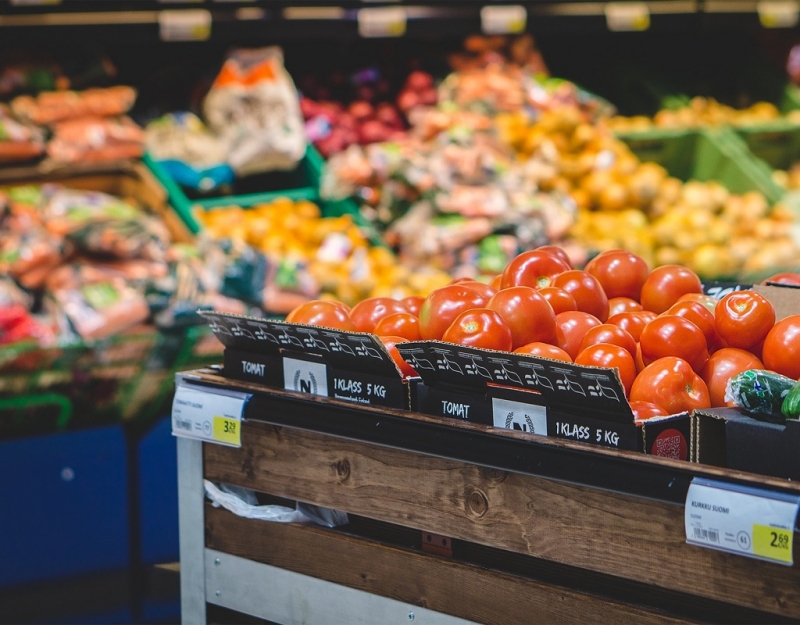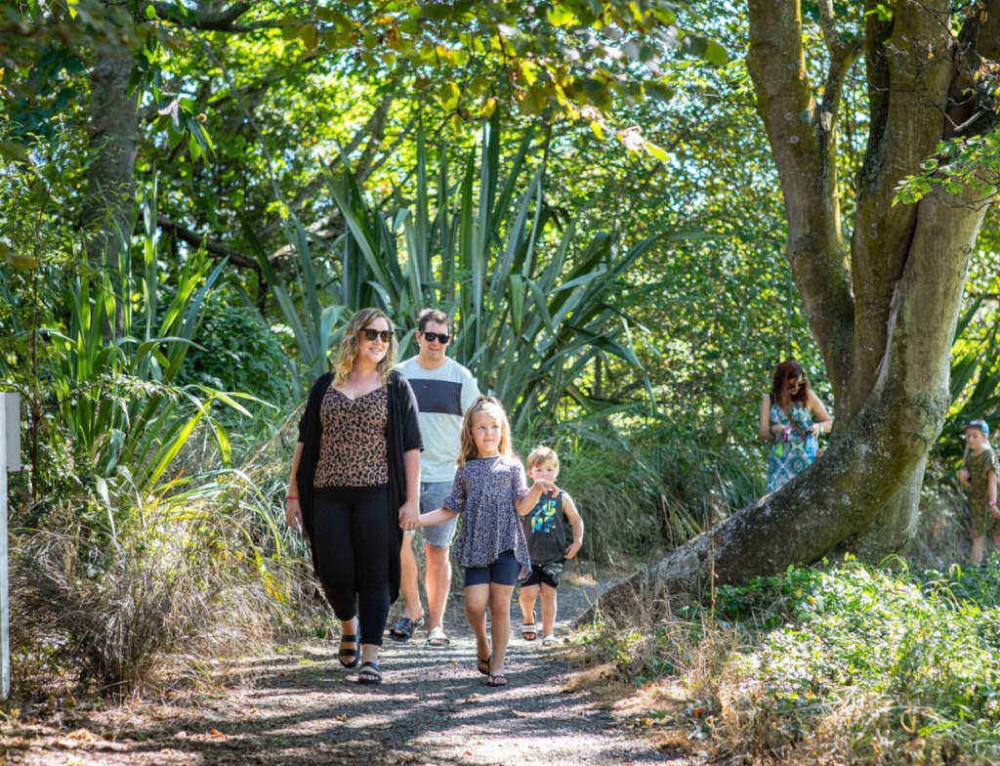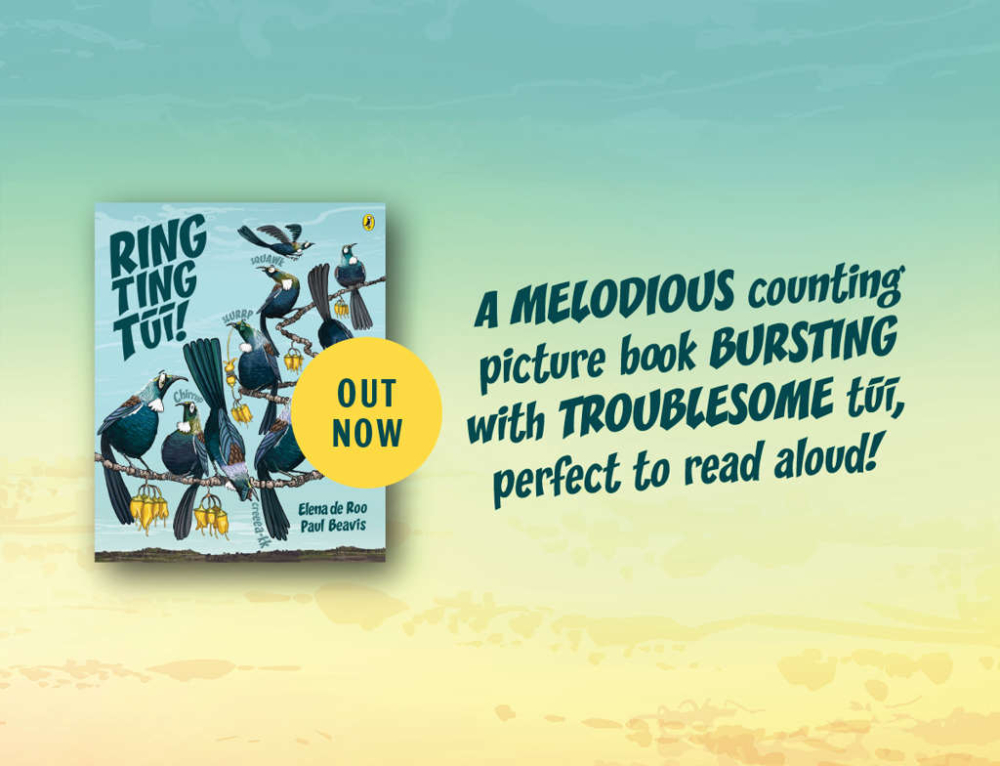How do you spend $50 a week less on food? By growing your own fruit, vegies, herbs and berries, that’s how. Global studies have shown that, post-recession, home gardening is booming, with a US survey revealing that over half of all gardens started are due to a bid to slash families’ grocery bills. A US study predicted that a family could save $5,000 over the course of a year by growing their own. Here’s how to start sprouting potatoes, tomatoes and beans in your own back yard:
Go to a gardening workshop
Garden centres run courses that will provide you with the gardening basics and enable you to cultivate your own herbs, fruit and vegetables at home. Check with your local garden centre about kitchen garden workshops, which involve making DIY plant sprays, soil preparation, planting times and learning which produce to grow next to each other.
Start with seeds
Peter Kearney, founder of City Food Growers, says start by planting organic seeds instead of seedlings, as young store-bought plants can sometimes be more difficult to nurture. Seedlings bought from Bunnings often die when you plant them in the garden, he says. That’s because they’ve been grown in hot-houses and the garden won’t be the right temperature for them.
Stay small
One way to ensure your fruit and veggie garden is successful is to stay small and start by planting a condensed patch. That way, you’ll learn what plants flourish in your soil and won’t get too frustrated if a crop of runner beans shrivels up and dies, as opposed to a whole garden.
Prep your soil (and encourage bees)
Good soil is the foundation for a great kitchen garden, so recycle food scraps into compost and use weeds to naturally nourish your plot. It’s now recognised that weeds grow for a positive reason – to give back to the soil – so make a tea out of weeds by soaking in a bucket of water and pour it back on your garden, says Peter. Flowering plants also encourage insects, so let plants go to seed to encourage birds and bees as a cost-effective (and organic) form of pest control.
Speak to your neighbours
A great way of finding out about which plants best suit your climate, and when to plant them, is chatting to gardening neighbours in your locale. Drawing on generations of experience, this is one time when a face-to-face chat can yield more useful information than any Google search.
Inner-city success
Don’t think that city gardens are too small to contain a kitchen garden. You can still grow carrots, cauliflowers, parsnips, broccoli, jalapenos, five types of lettuce, parsley, thyme and sage in your two-by-two metre suburban back yard.
Find more on Kidspot New Zealand.







Leave A Comment
You must be logged in to post a comment.